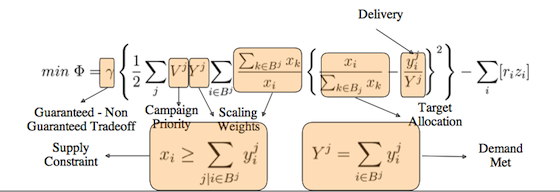AOL also describes to Reps. Barton and Markey the way they use cookies that doesn’t reflect what they say to clients--such as “Target users based on attributes from user registration or third-party data (e.g. age, gender, income, kids)… Retarget users who visit your website… Target users within households using Experian’s statistical modeling based on hundreds of offline data elements that are most predictive for defining the specific audience of consumers.†For question 1, they refer to their privacy policy—something few consumers would read or understand. Nor does the privacy policy spell out how AOL collects and targets users, as they do for potential clients. See and compare to privacy policy. See how they offer targeting based on political information.
Question 2: They didn’t answer completely. They should have included information from here. And what their partners collect.
Question 3. They should have said they urge advertisers to use pixels, beacons and other tracking tools:   “Place pixels on all high-traffic pages… Target broadly… Most networks, including Advertising.com, look at IP or cookie data to determine if a user is part of a specific demographic or has demonstrated a particular online behavior, such as shopping for a car, browsing cooking sites, and so on. With user targeting, you reach those consumers directly, regardless of the sites they happen to be visiting.â€
And they say that the third party cookies don’t identify the “specific user.â€Â But that’s what AOL says it can target: “Target users within households… Retarget users who visit your website… Target users within households that demonstrate the highest propensity to buy certain products…â€
Question 7. They don’t say what they do. It’s monetizing all the data: “We monetize nearly 1.5 billion impressions per day on average.â€
10. They should have said how they target based on financial and health info. They didn’t. See its targeting for health, finance, teens, Hispanics, African-Americans.
14.  Users don’t have enough information on the process to really determine whether they should opt-out. Nor is AOL’s opt-out really visible.

 That’s the formula Yahoo is using to please its largest advertisers, explains an article in
That’s the formula Yahoo is using to please its largest advertisers, explains an article in